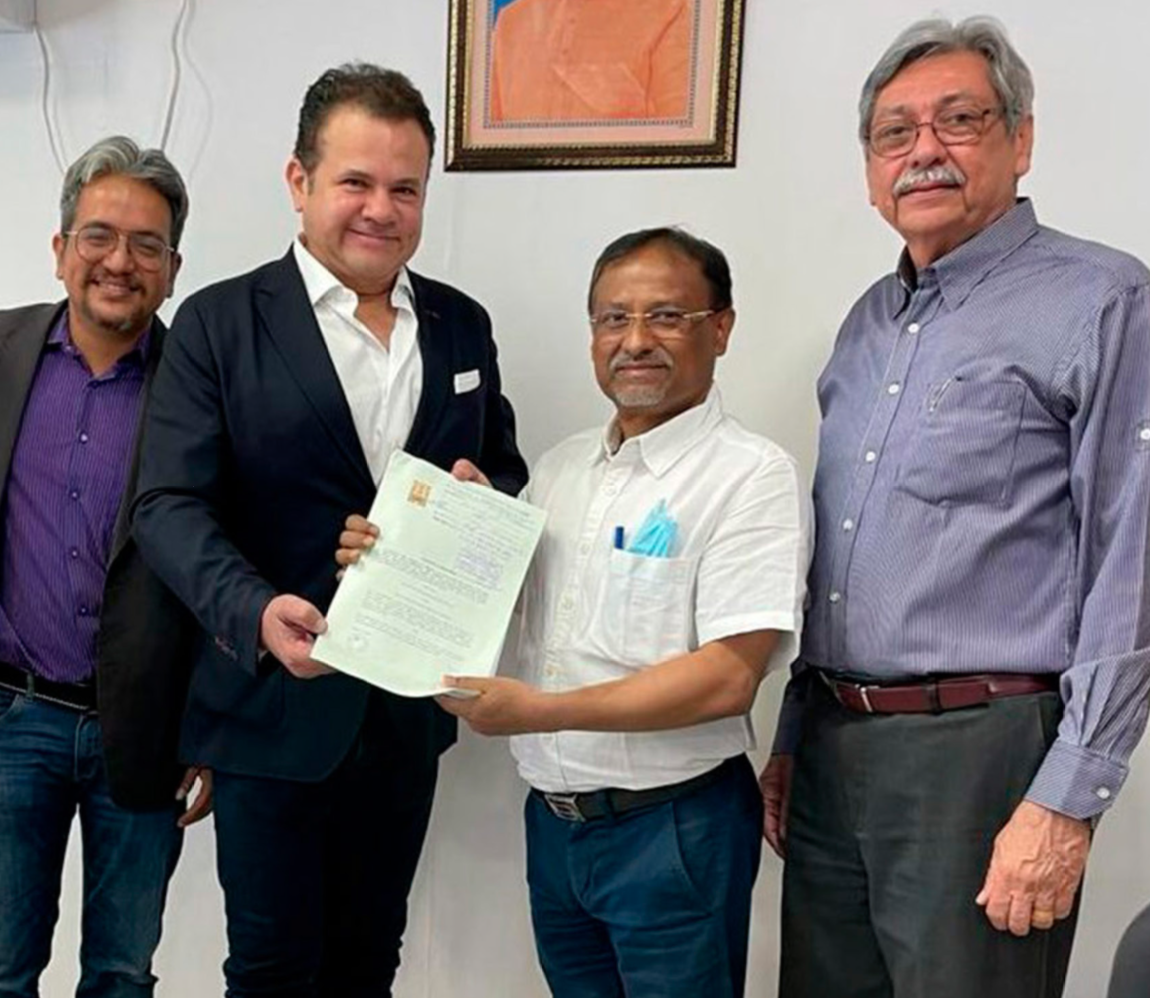
Introduction:
The Indian oil and gas sector is poised for technological advancements to optimize operations, improve efficiency, and meeting ever so increasing demand of energy. One of the best solution to cater these challenges is introducing new technologies. However, the introduction of new technology in this sector faces significant hurdles, particularly in terms of cost constraints and the evaluation method of awarding contracts. In this article, we explore strategies to overcome these challenges and promote the successful adoption of innovative solutions.
Cost Constraints:
Introducing new technology requires significant initial investment, and cost considerations often present a barrier to adoption. In a price-sensitive market like India, companies operating in the oil and gas sector face budgetary constraints that may limit their ability to invest in cutting-edge technologies. To address this challenge, a comprehensive cost-benefit analysis should be conducted to demonstrate the long-term advantages and return on investment (ROI) of the proposed technology. Providing clear evidence of reduced operational costs, enhanced productivity, and improved sustainability can help justify the initial investment and secure necessary funding from stakeholders.
Evaluation Method of Awarding Contracts:
The evaluation method used for awarding contracts in the oil and gas sector plays a critical role in determining which technologies are implemented. Traditional evaluation criteria often prioritize upfront costs, which may not fully capture the long-term benefits and value proposition of innovative solutions. To encourage the adoption of new technology, it is essential to revise the evaluation framework and incorporate parameters that assess the technology’s potential for operational efficiency, environmental impact, and long-term cost savings. A more holistic approach such as weightage based or Quality & Cost based selection that considers both technical expertise and experience, upfront costs and long-term benefits will enable the selection of technologies that offer the greatest value to the sector.
Public-Private Partnerships:
Cost constraints can be alleviated through increased collaboration between public and private entities. Public- private partnerships can leverage the strengths and resources of both sectors to overcome financial limitations. The government can provide incentives, tax breaks, and grants to encourage technology provider to offer its technology at a competitive price to the E&P companies and refineries.
Service level Agreements with Local service provider:
Another viable solution to reduce cost is to charter hire of technology while implementing the operation and maintenance by a local service provider by entering into a comprehensive service level agreement (SLA). The SLA would outline the terms and conditions of the charter hire, specifying the scope of technology services required and the responsibilities of the local service provider regarding operation and maintenance. The SLA should include performance metrics, response times, and quality standards to ensure seamless technology operations. Additionally, regular communication channels and reporting mechanisms should be established to foster transparency and accountability. This collaborative approach would enable efficient utilization of technology resources while leveraging the expertise of the local service provider to ensure reliable and effective operation and maintenance of the technology infrastructure.
Technology Demonstrations and Pilot Projects:
Conducting technology demonstrations and pilot projects can be an effective way to showcase the benefits of new technologies and gain buy-in from stakeholders. By implementing small-scale projects and providing real-world data on the performance, cost savings, and operational improvements achieved through the technology, companies can build confidence among decision-makers. This evidence-based approach allows for informed decision-making and reduces perceived risks associated with implementing untested technologies. Once the pilot project has been successful, the technology provider should be given the opportunity for field scale implementation. End client should in this case rather bringing a Least cost selection process should evaluate based on experience, expertise and commitment of incremental gain in production by the technology provide.
Collaborative Research and Development:
Collaborative research and development initiatives involving industry players, academia, and research institutions can help address cost constraints by sharing resources, knowledge, and funding. By pooling expertise and financial resources, stakeholders can collectively invest in the development and commercialization of new technologies. This collaborative approach reduces individual financial burdens while promoting innovation and accelerating technology adoption across the sector.
Conclusion:
Overcoming cost constraints and improving the evaluation method of awarding contracts are crucial steps toward successful technology adoption in India’s oil and gas sector. By conducting comprehensive cost-benefit analyses, revising evaluation frameworks, fostering public-private partnerships, conducting technology demonstrations, and promoting collaborative research and development, the sector can effectively overcome financial hurdles and embrace innovative solutions. By doing so, India’s oil and gas industry will enhance operational efficiency, reduce environmental impact, and position itself as a leading player in the global energy landscape.


